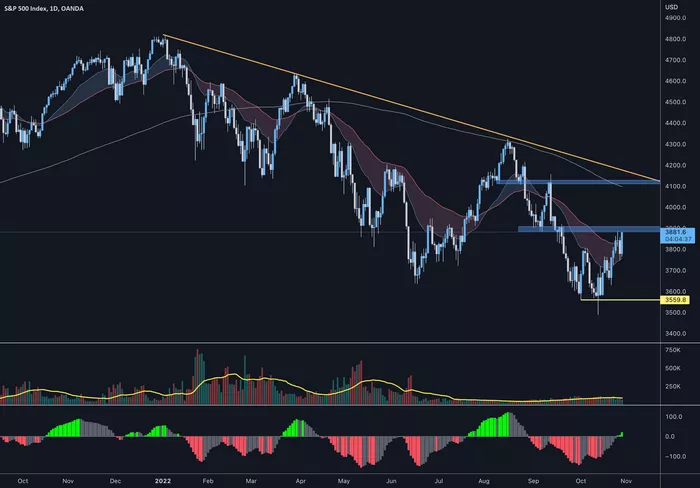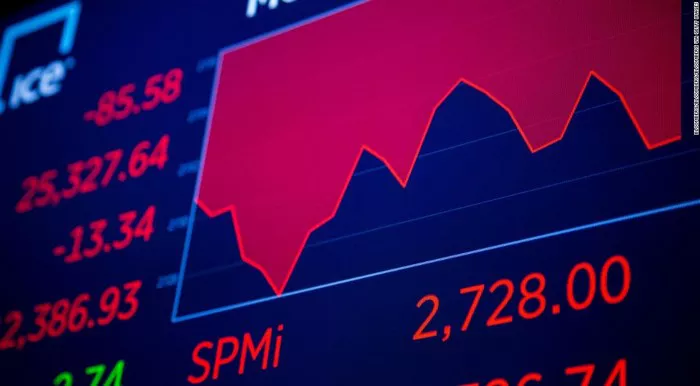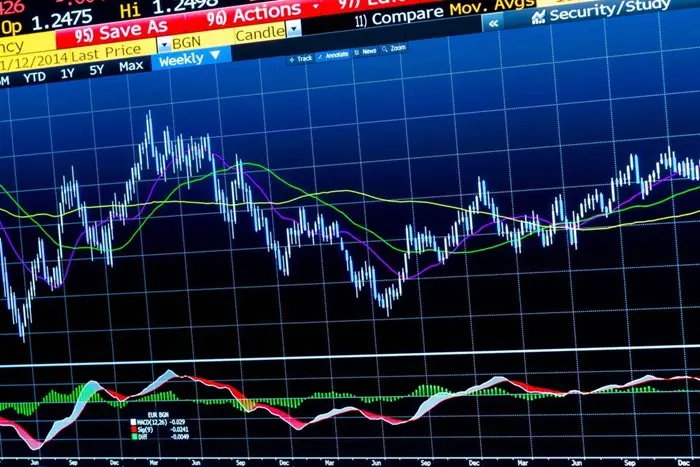Consumers continue to struggle to find bargains, bringing good luck to the $1 chain Dollar General (DG).
Before the market opened last Thursday, Dollar General reported better-than-expected earnings, revenue and same-store sales growth, all exceeding Wall Street’s low expectations.
“The results were a little better than we expected, but also indicate that the environment is still quite tough,” Morningstar analyst Noah Rohr said in a phone interview with Yahoo Finance. Management indicated that pressure on lower-income customers continued.”
Dollar General CEO Todd Vasos told investors on an earnings call that the company “does not expect the macro environment to improve, especially for our core customers.”
About 60% of Dollar General’s sales come from households with incomes below $35,000.
“In turn, we know our customers are seeking value and convenience more than ever,” Vasos added.
The company expects net sales to grow 3.4% to 4.4% in 2025, with same-store sales to grow 1.2% to 2.2%. Earnings per share will be between $5.10 and $5.80.
Dollar General’s shares rose 7% during Thursday’s trading session. Rival Dollar Tree (DLTR) also rose 7%.
Here’s how Dollar General’s fourth-quarter results compare to expectations:
Adjusted EPS: $1.68, vs. $1.50 a year ago
Revenue: $10.3 billion vs. $10.25 billion
Same-store sales growth: 1.2%, vs. 0.9% a year ago
Dollar Tree will report its fourth-quarter results before the market opens on March 26.
Wall Street expects Dollar Tree to report revenue of $8.27 billion, adjusted earnings of $2.21, and same-store sales growth of 1.5%. The company is in the midst of a transformation. On March 5, the company announced that Stewart Glendinning will replace current CFO Jeff Davis, who will leave on March 30.
This could “lead to a change in business strategy,” Joe Feldman of Telsey Consulting Group said in a note to clients.
He added that “several uncertainties remain that impact our forecasts for 2025 and beyond.” These include the fate of the company’s struggling Family Dollar business, its multi-price ethos, and the “need for continued investment in the business,” including in areas such as “remodeling and labor.”
Uncertain consumer environment
UBS analyst Michael Lasser said this makes Dollar General “attractive” because it offers essentials such as groceries.
Dollar General CEO Todd Vasos said its consumers have been “negatively impacted by continued inflation,” which has led to a deterioration in financial conditions over the past year. His customers “only have enough money to buy the basic necessities, and some have even pointed out that they have had to sacrifice even on the necessities,” he said.
With their wallets shrinking, middle- and upper-income consumers are looking for ways to save money.
“Starting in the fourth quarter and heading into the first quarter, it’s clear that markdowns are back, both at the mid- and high-end,” Vasos told investors.
With tariffs taking effect, that trend is likely to continue.
“Lower-end consumers have been struggling,” Matt Todd, director of retail at S&P Global Ratings, told Yahoo Finance. If uncertainty continues and tariffs “lead to a further slowdown in the economy,” he expects “consumption downgrades to accelerate.”
High-income consumers may not be able to withstand the impact of tariffs, Bea Chiem of S&P Global Ratings told Yahoo Finance. “There are a lot of signs that the economic environment is going to be weaker and they really can’t absorb more inflation.”
Spending cuts and tariffs could further complicate the situation because the $1 chain has limited room for markups and consumers are dependent on the government. Overall, direct imports make up 41% to 43% of Dollar Tree’s retail sales, with most of those imports coming from China, according to company filings.
Dollar General has much lower tariff risk because 80% of its sales are food, mostly U.S.-produced nonperishables such as canned soups, beans and potato chips, Rohr said.
The company’s import costs make up only about 4% of its cost of sales, likely mostly from China, he added.
“We believe we are well positioned to mitigate the impact in 2025,” Vasos said on the earnings call. “We successfully mitigated the impact of tariffs in 2018 and 2019, even though in some cases we increased prices along with others across the industry.”
Related topics:































